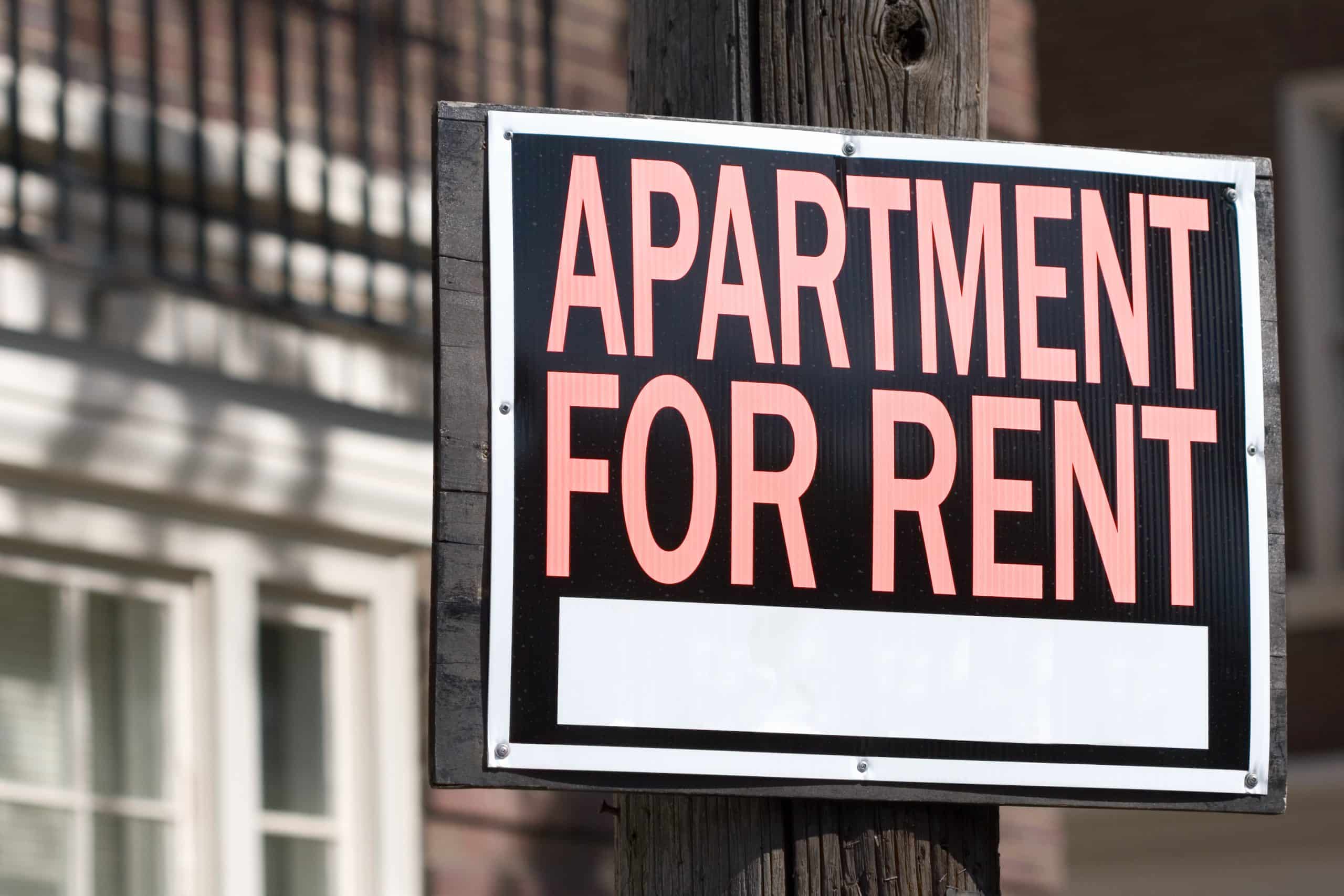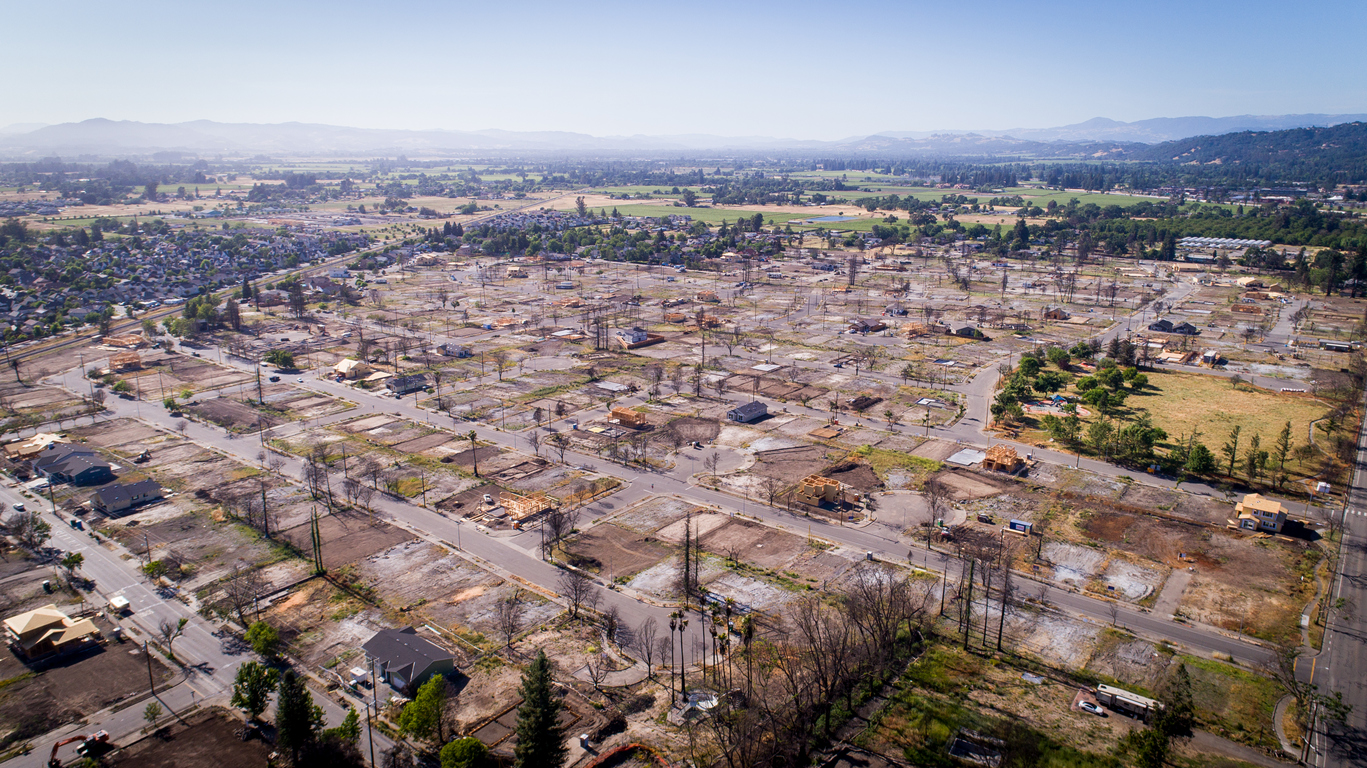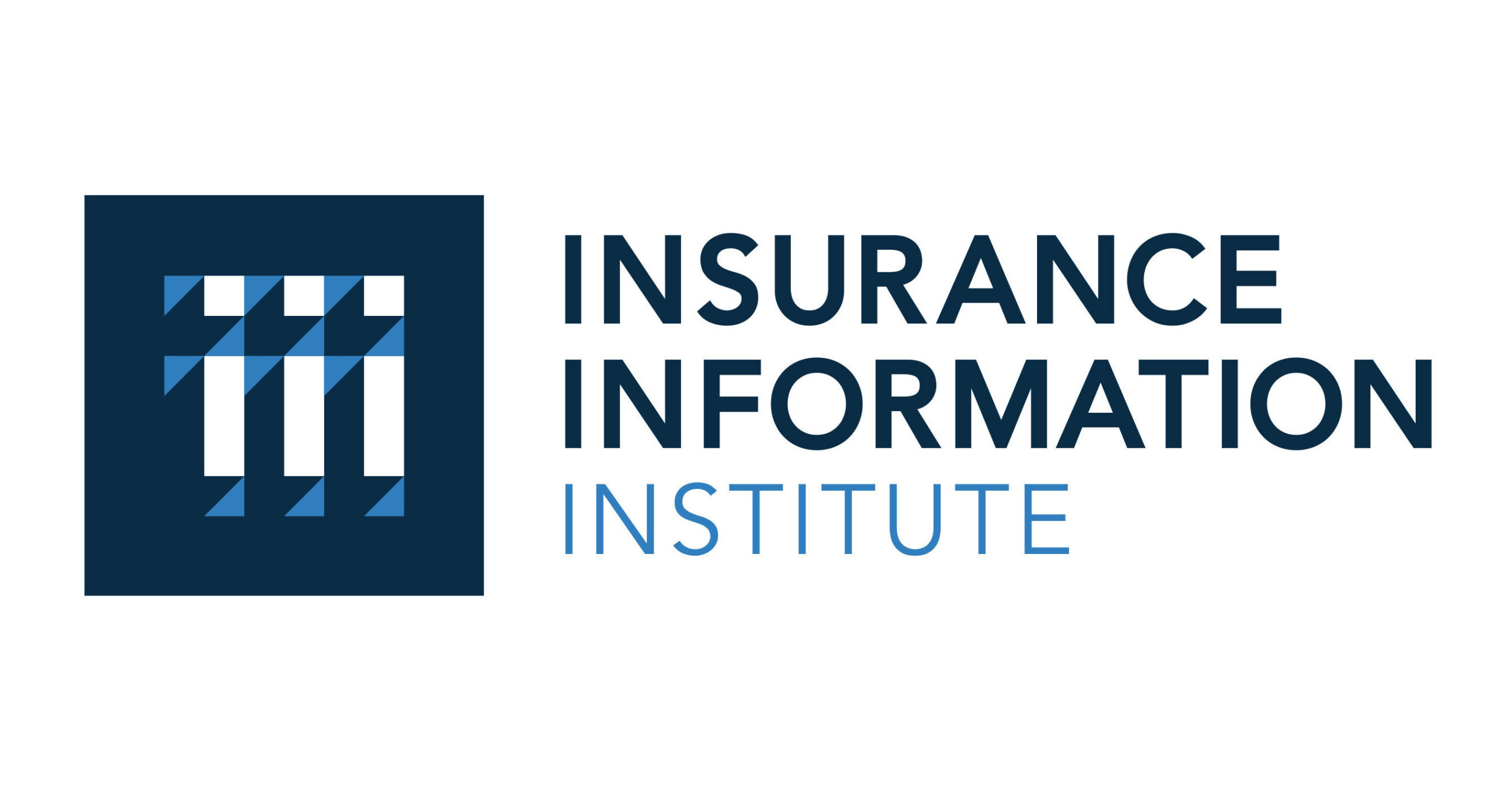Search Blogs

April 15, 2024
Roku Says 576,000 User Accounts Hacked after Second Security Incident

April 15, 2024
FloodFlash Launches New Business Interruption Coverage Ahead of Hurricane Season
“Flooding causes billions of dollars in losses across the US every year yet only 20% of those losses are covered by insurance - and a massive part of that uninsured loss comes from business interruption. The BI options on the market are too few and offered too rarely. ”
With a widely predicted hyperactive hurricane season, many experts anticipate huge losses from property damage and BI that could devastate businesses and communities for months on end. Flood BI has been created because many businesses and public entities are unable to get BI cover. It isn't included under National Flood Insurance Program (NFIP) policies and private carriers rarely offer standalone BI. FloodFlash hopes to support the many organisations at risk of flooding, not just in the Gulf and Eastern seaboard, but across the US. FloodFlash US Commercial Director Rich Coyle said: “Flooding causes billions of dollars in losses across the US every year yet only 20% of those losses are covered by insurance - and a massive part of that uninsured loss comes from business interruption. The BI options on the market are too few and offered too rarely. “We couldn’t be more excited to launch Flood BI. It takes the same principles of the FloodFlash product and applies them for a truly under-served section of the market. To the thousands of businesses at risk of flooding that rely on their premises to provide goods, hospitality, healthcare and more, we can now say Flood BI is here to help.” Key product features: - no limitations on how clients spend their parametric claim payment, Flood BI can cover any and all aspects of BI including non-damage BI and denial of access. - The rapid-payment claims in keeping with the core FloodFlash offering mean that claimants receive the full value of their policy within weeks of flooding. - FloodFlash provides expert support throughout the process, helping on everything from BI limit calculation to sensor placement and policy triggers. - Limits: up to $5m per location ($2m in Florida). Up to $10m available subject to underwriter approval. - Blanket limit of $10m available for multi-location submissions - Sectors include: hotels and hospitality, sport and leisure, retail, healthcare and assisted living, real estate, manufacturing, municipality, education. - Policy trigger: pre-agreed depth measured by FloodFlash sensor(s). About FloodFlash FloodFlash is a multi-award-winning insurance technology company at the forefront of the parametric insurance movement. Launched in 2019, their rapid-payout flood product provides coverage to businesses and public bodies that struggle to secure flood terms anywhere else. They use the latest in data modelling and IoT technology to provide fast and flexible cover that pays claims in record times. FloodFlash is a registered coverholder at Lloyd’s of London and is authorised and regulated by the Financial Conduct Authority.
April 15, 2024
Farmers CEO: Some Insurance Premiums Will Mirror the Cost of Mortgages
Vargas threw support behind the use of data to help predict property losses from natural disasters, which is a change Lara has introduced in California, and said policyholders will mitigate risk, given the right incentives. “You need the sophistication of the data today for the right risk for the future,” he said. Insurers who are confident they’re pricing risk accurately regain confidence in a market, he told Lara. Zurich Insurance Group appointed Vargas as CEO of wholly owned subsidiary Farmers Group Inc., and as a member of the Zurich Group executive committee, 18 months ago. He took over early last year, in the midst of what he called a time of great disruption in the industry. ”It’s so important to have clarity about what changes are needed,” said Vargas. He started the list with the need to become “much more agile” and to find more ways to collaborate. “This industry is in the business of time” and can’t afford to waste it waiting to take action, said Vargas. The CEO wants to increase trust with and by regulators, business partners and distributors. And said curiosity is a key component of change. “Don’t think you have all the answers,” he said. “Be humble about trying to learn,” even from competitors, said Vargas.
At the same time, don’t forget to focus on results, he added. Farmers, California’s second-largest homeowners writer, started limiting new business in the state last year, citing “record-breaking” inflation, higher reconstruction costs and the impact of severe weather events. But it’s still open for business in the state, said Vargas, because the CDI is collaborating with stakeholders like Farmers.
Lara said the industry “can’t price ourselves out of this crisis . . .We as regulators need to make sure our markets are strong.” Reduce some friction in the system, suggested Vargas, notably legal abuse, a term he said he prefers over social inflation. Every time a carrier overpays a claim it “affects the entire system,” the CEO said. Underwriting entities of Zurich Insurance Group Ltd. currently have a Best’s Financial Strength Rating of A+ (Superior) and A (Excellent). The five largest homeowners multiperil writers in California in 2022, based on direct premiums written, were: State Farm Group, with a 20.58% market share; Farmers Insurance Group, 14.46%; CSAA Insurance Group, 6.66%; Liberty Mutual Insurance Cos., 6.43%; and Allstate Insurance Group, 6.36%; according to BestLink.

April 15, 2024
Alleged Rent-Fixing of Apartments Nationwide Draws More Legal Scrutiny
State and district attorneys general in Arizona and Washington, D.C., are suing RealPage, and more than a dozen of its landlord customers. North Carolina’s attorney general is also investigating whether the company’s technology breaks antitrust laws.
The Justice Department in November said a civil lawsuit in Tennessee alleging that RealPage illegally fixes rents should go forward. Justice officials have been considering their own civil enforcement action and opened a criminal investigation into the company, according to people familiar with the matter.
The department is investigating whether RealPage is facilitating price-fixing, these people said.
RealPage’s algorithmic pricing system analyzes huge troves of information about the apartment rental market. It then recommends to landlords how much to increase rent for each lease renewal, or what to ask for newly vacated apartments.
At issue is whether the use of this pricing system amounts to an illegal rent-setting cartel among landlords, artificially boosting the rents paid by apartment tenants over many years.
RealPage denies any wrongdoing.
The legal heat on RealPage and apartment building owners is part of a government effort to police business practices it deems anticompetitive and that result in higher prices for consumers.
The Justice Department and Federal Trade Commission have brought antitrust charges against tech companies such as Amazon and Google, while pursuing price-fixing cases in more obscure corners of the American economy, such as poultry processing and vehicle exporting.But President Biden has made rental building owners a particular focus. “We’re cracking down on big landlords who break antitrust laws by price-fixing and driving up rents,” he said last month during his State of the Union address.
In the U.S. Senate, meanwhile, Sen. Ron Wyden (D., Ore.) introduced the Preventing the Algorithmic Facilitation of Rental Housing Cartels Act in January.
Any rulings against RealPage could have legal ramifications for other business sectors, such as online retail, where companies also use algorithms to make pricing decisions.
Wider business implications
“The amount that this could impact consumers, you’re looking at billions of dollars potentially,” said Maurice Stucke, a former federal antitrust prosecutor and a law professor at the University of Tennessee, Knoxville.
Arizona Attorney General Kris Mayes alleges that, in Phoenix and Tucson, RealPage pooled nonpublic pricing data from competing building owners, then fed the data into an algorithm that told landlords to push rents higher than they might have otherwise. RealPage then discouraged landlords from deviating from the algorithm’s suggested rents, according to the attorney general’s filing.
“There is no competitive rental market in Arizona anymore, ” Mayes said in an interview. “Because RealPage sets the price.”
In a statement, a RealPage spokeswoman said its pricing systems were designed to be compliant with federal laws.
Any nonpublic rent data, RealPage said, isn’t tied to any particular firm and plays a secondary role in determining rents. The company said its algorithms sometimes recommend lowering rents.“A severe shortage of supply in the rental market has led to rising housing costs,” the spokeswoman said, “not the use of revenue management software.”
Texas-based RealPage was founded in 1998. It acquired the YieldStar pricing platform from publicly traded landlord Camden Property Trust in 2002. Private-equity firm Thoma Bravo purchased RealPage in 2021 for nearly $10 billion.
RealPage’s legal troubles began with more than two dozen class-action lawsuits brought by renters from Seattle to New Jersey. Other tenants have since sued a competing software firm, Yardi Systems, making similar allegations, which Yardi also denies. The lawsuits seek monetary damages for renters.Federal charges could prove disastrous not only for RealPage but also for the many landlords and property managers who use its technology. That includes some of the largest real-estate companies on Wall Street.
Publicly traded apartment owners, such as Equity Residential and UDR, are among the companies named in the complaint brought by the Washington, D.C., attorney general. Equity, UDR and other landlords have denied participating in a rent-setting cartel.
It is unclear which landlords the Justice Department might be targeting in its investigation. RealPage said its software is used to price about 4.5 million rental apartments nationwide.
Landlords pulling the plug?
RealPage’s assurances that its technology complies with federal laws might not ease the fears of property owners open to litigation. Some apartment developers are now weighing the new risks of using the technology at recently constructed buildings, said Parker Miller, an antitrust attorney representing corporate clients at the Alston & Bird law firm.
“We are certainly advising clients to be prepared for a world without RealPage-style revenue management,” he said.
In a class-action lawsuit brought by tenants in Tennessee, three real-estate companies recently made preliminary settlement agreements, though the terms aren’t yet public. Another large property firm, publicly traded AvalonBay Communities, was dropped from the lawsuit because its contract with RealPage had prohibited the use of nonpublic pricing data. In Colorado, a state bill would ban landlords from using certain algorithmic pricing systems to set rents. Drew Hamrick, general counsel for the Apartment Association of Metro Denver, a landlord group, says he could see a compromise in which software companies would make the same information they use to set rents available to prospective tenants.“You’ve got a situation where the housing provider has more sophisticated information about real-time pricing than does the consumer,” Hamrick said. “Disproportionate information is not good for a free market.”

April 15, 2024
PG&E Hit with $225M Lawsuit for Damage from Dixie Fire
- Collins Pine Company (CPC); based in Oregon
- CC&H Lands, LLC; based in Oregon
- CCT Lands, LLC; based in Delaware
- Rock Creek Lands, LLC; based in Delaware
- E.S. Collins California Trust; administered under Oregon laws
- TWC Corporation; based in Oregon and owned by CPC
- Wespath Forests LLC, based in Illinois

April 15, 2024
North Carolina Carriers Seek 82.9% Mobile Home Fire Rate Hike Over Three Years
His department said the requested increases could affect about 148,000 policyholders. This year Causey came out as a hard "no" on a property insurers' request for an average statewide homeowners insurance rate hike of 42.2%, saying he hadn’t seen evidence justifying it. That proposal drew more than 24,000 emailed and hundreds of mailed comments and significant opposition at a public comment forum. His decision set the process for an administrative hearing on the homeowners request in motion, targeting Oct. 7. It will be held unless the DOI and the bureau are able to negotiate a settlement, which would save litigation expenses. The top five writers of homeowners multiperil insurance in 2022 in North Carolina, based on direct premiums written, were: State Farm Group, with 16.09% market share; North Carolina Farm Bureau Insurance Group, 12.27%; USAA Group, 9.7%; Nationwide Property & Casualty Group, 7.52%; and Allstate Insurance Group, 6.49%, according to BestLink.

April 12, 2024
USAA Announces Over 200 Layoffs Amid ‘Changing Business Needs’

April 12, 2024
Soaring Insurance Costs Hit as U.S. Buyers Get a Break on Car Prices
HURTING AFFORDABILITY
The Consumer Price Index rose 3.5% last month from a year earlier, according to the Labor Department. But auto insurance costs were up 22.2% over the same period, the biggest increase since the 1970s. Car prices, meanwhile, continued to moderate. New vehicle prices declined 0.1%, compared to a year earlier, while used prices slipped 2.2%. Car dealers are offering more incentives to buyers, which helps bring down up-front costs. The degree to which insurance rates are weighing on buying decisions is unclear, but there are signs it’s become a bigger factor, especially for consumers on tight budgets. "We’re hearing from a number of shoppers that they’re declining to buy a car - or returning one - because they can afford the car, but not the insurance for it," said Sean Tucker, a senior editor at Kelley Blue Book, a car valuation and research company in Irvine, California. Tucker said Kelley Blue Book recently added insurance guidance to its list of buying tips, urging shoppers to get an insurance quote before they put down any money. Car insurance rates vary widely across the country and are influenced by everything from the cost local collision repair shops charge to the potential for damage from tropical storms and wildfires. According to the insurance shopping site Insurify, the average cost in the U.S. for full auto coverage rose 24% last year and now stands at just over $182 a month. The company said 63% of drivers it surveyed saw rates increase in 2023 and predicts rates will rise another 7% in 2024. But that figure could rise. "We’re seeing a lot of activity in (the first quarter) that indicate to us it may increase even more," said Jessica Edmondson, a data specialist at Insurify.TOTAL COST
Insurance seems poised to continue to grow as a share of the so-called total cost of owning of a vehicle, which factors in things like routine maintenance, taxes, depreciation, and fuel, as well as insurance. According to Kelley Blue Book, insurance accounted for an average 16% of this gauge for a compact car in 2019 and will grow to 26% in 2024. For a compact SUV, it was 13% in 2019, but will be 20% this year. Multiple forces have combined to fuel the current surge in rates. More cars are being totaled than in the past and quality issues mounted during the production disruptions caused by the pandemic that can lead to insurance claims. A shortage of mechanics has meant it takes longer to fix a car, which in turn drives up the cost to insurance companies that provide rental cars to policyholders waiting for those repairs. A typical car is also increasingly laden with electronics that can make them costlier and more difficult to repair. "A bumper is just a bumper - but a bumper full of sensors costs more to repair," said Kristin Dziczek, a policy advisor at the Federal Reserve Bank of Chicago who is an expert in automotive industry trends. She noted that electric cars, on average, cost 30% more and can take longer to repair. There are also changes in how carmakers are producing cars that carry insurance implications. For instance, Tesla has pioneered a process called gigacasting, which involves casting a single part that can replace 30 or more separate pieces of metal in a traditional vehicle. That reduces production costs but can make it costlier to repair a vehicle involved in an accident. Other carmakers are following suit. Cadillac makes one model now that uses 16 gigacastings. Meanwhile, Davis--the Dallas real estate agent who bought a new Cadillac--said he eventually found a cheaper option by bundling his car and homeowners insurance and increasing the deductible.
April 12, 2024
U.S. SCS Activity in April Could Drive Hundreds of Millions or Higher of Insured Losses: Aon

April 12, 2024
Triple-I: Insurance Economic Drivers Outperforming Overall U.S. GDP

April 12, 2024
ITRC: Data Breach Notices Nearly Doubled in Q1 2024

April 12, 2024












